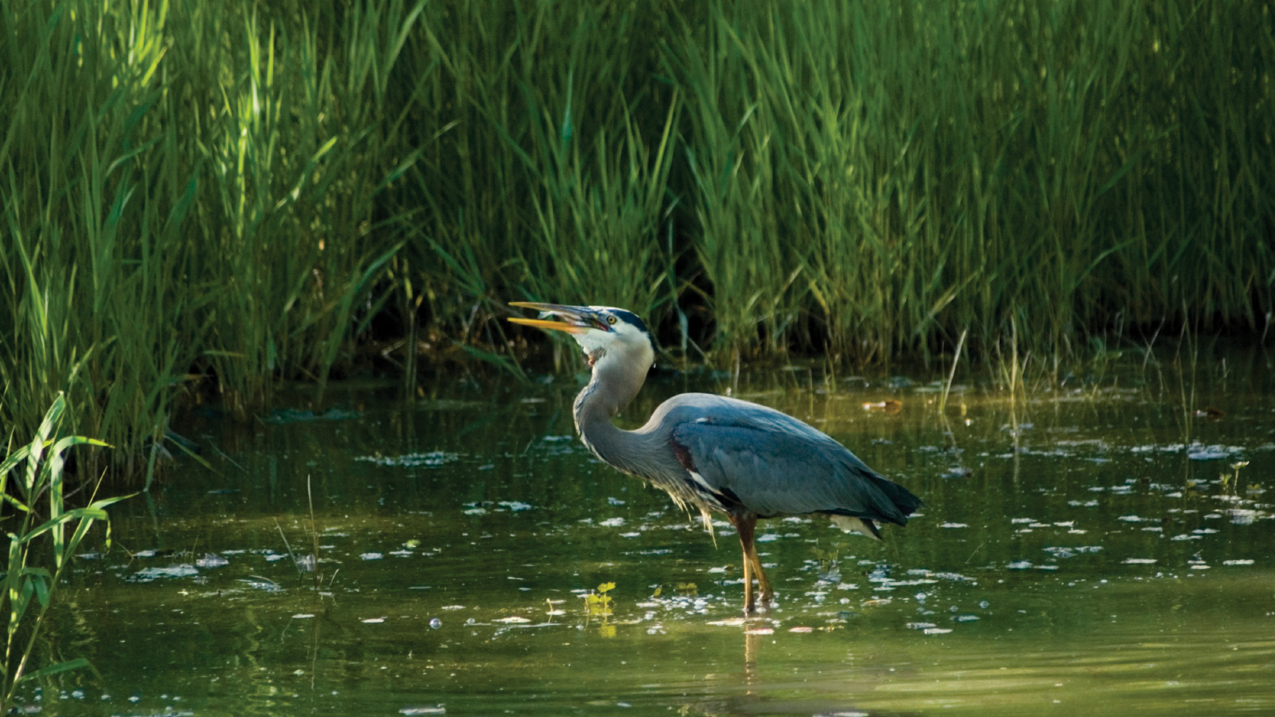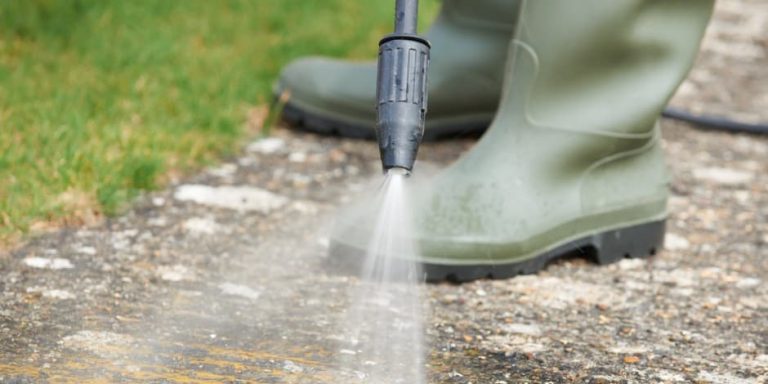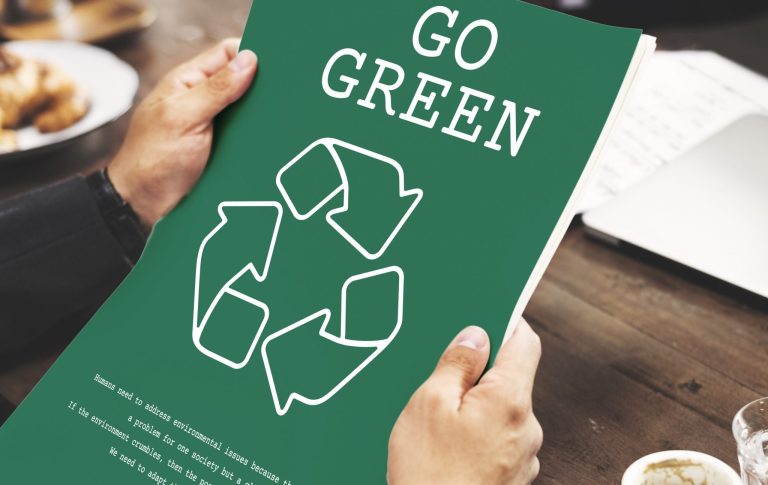
Power washing is a common practice in coastal towns and waterfront communities. Whether it’s cleaning beachside restaurants, removing algae from docks, or freshening up homes in humid climates, pressure washing is often seen as a quick fix to grime and salt buildup. But when done regularly and without proper safeguards, power washing can become a silent contributor to coastal and estuarine pollution.
In this article, we’ll examine how routine power washing affects delicate aquatic ecosystems, and what can be done to protect shorelines, wetlands, and marine life from its unintended consequences. 🌍🐠
🌴 Coastal Cleaning: Common but Risky
Coastal regions often require more frequent cleaning than inland areas due to:
- Salt spray buildup on buildings and vehicles
- Algae and mold growth from high humidity
- Sand and debris accumulation from wind
- Frequent tourist activity and foot traffic
As a result, businesses and residents in these areas rely heavily on power washing—sometimes multiple times per month. But without proper containment, polluted water often flows directly into estuaries, bays, and coastal wetlands.
🚱 The Problem with Runoff
Runoff from power washing may carry:
- Detergents and soaps (some of which contain phosphates)
- Heavy metals from aged paint or surfaces
- Oil and grease from sidewalks, parking lots, or docks
- Algae or mold spores that spread to new areas
- Microplastics from surface coatings or sealants
When this runoff enters sensitive coastal zones, it can disrupt salinity balances, fuel algae blooms, and kill fish, invertebrates, and seagrass. 😟
🐚 What Are Estuaries and Why Are They So Vulnerable?
Estuaries are areas where freshwater from rivers mixes with saltwater from the ocean. These ecosystems are:
- Biodiverse (home to birds, fish, crustaceans, and marine mammals)
- Nurseries for young aquatic species
- Natural filters for pollutants
- Buffers against storm surges and erosion
Unfortunately, they are extremely sensitive to changes in water quality.
Even small amounts of soap, oil, or sediment from power washing can alter pH levels, reduce oxygen, and lead to mass die-offs of oysters, shrimp, or juvenile fish. 🦐⚠️
📉 Cumulative Impacts Over Time
The occasional wash job likely won’t destroy a coastal ecosystem—but frequent, unmanaged washing across an entire town or marina creates cumulative effects that include:
- Increased sedimentation in seagrass beds
- Bioaccumulation of toxins in shellfish
- Coral reef bleaching (indirectly triggered by coastal runoff)
- Eutrophication from excessive nutrients in detergents
- Erosion acceleration near improperly drained wash zones
These effects may not be immediately visible—but over months or years, they weaken ecosystem resilience and reduce biodiversity. 🌊⏳
🧪 Real-World Examples
- In Florida’s Indian River Lagoon, runoff from residential cleaning (including pressure washing) contributed to a massive algae bloom that smothered seagrass and led to manatee deaths.
- In California’s coastal towns, local ordinances had to be amended after power washing runoff containing paint chips was found in storm drains leading to protected beaches.
- A study in Chesapeake Bay linked parking lot washing and maintenance to increased nitrogen levels in estuarine water samples.
These examples highlight how routine actions, multiplied over time, can create big problems. 🚫🐟
✅ Best Practices for Eco-Friendly Coastal Power Washing
To minimize environmental harm, power washing near shorelines should follow these strict practices:
💧 Use Reclaim Systems
Capture and recycle wastewater to prevent runoff. Mobile reclaim units can filter and reuse water on-site, reducing pollution and water waste.
🧴 Choose Coastal-Safe Detergents
Use only:
- pH-neutral cleaners
- Phosphate-free formulas
- Readily biodegradable soaps
- Products labeled as “Safe for Marine Life”
Avoid bleach, acids, and petroleum-based cleaners near water.
Browse Amazon Here For Biodegradable Pressure Washing Detergents
🌿 Buffer Zones
Establish “no-wash” zones near estuarine vegetation, salt marshes, or shellfish beds. Use barriers like berms or sandbags to redirect water inland.
📋 Follow Local Regulations
Many coastal municipalities have ordinances that require:
- Permits for commercial washing near water
- Use of containment mats or gutter blockers
- Time-of-day restrictions to avoid tidal influence
Always check local rules before starting a coastal job.
👷 Special Considerations for Marina and Dock Washing
Docks and marinas often see frequent power washing to remove:
- Algae and barnacles
- Bird droppings
- Oil and fuel stains
- Boat launch grime
For these jobs:
- Vacuum recovery systems are essential
- All runoff should be discharged into sanitary sewer systems, not storm drains or open water
- Avoid direct rinsing into the sea, even with clean water
- Wash boats in designated containment areas
💡 Many marinas now require contractors to show proof of eco-compliance before working on site.
🧠 Final Thoughts
Routine power washing in coastal areas may seem harmless—but over time, it can quietly degrade fragile marine ecosystems. With climate change already threatening these environments, it’s more important than ever to adopt eco-safe power washing techniques and prevent pollution before it happens.
By using the right equipment, products, and runoff containment strategies, we can keep coastal communities clean without sacrificing the health of the oceans, estuaries, and species that depend on them. 🌎🐬
Clean smart. Wash responsibly. Protect the coast.
Browse Amazon Here For Biodegradable Pressure Washing Detergents






